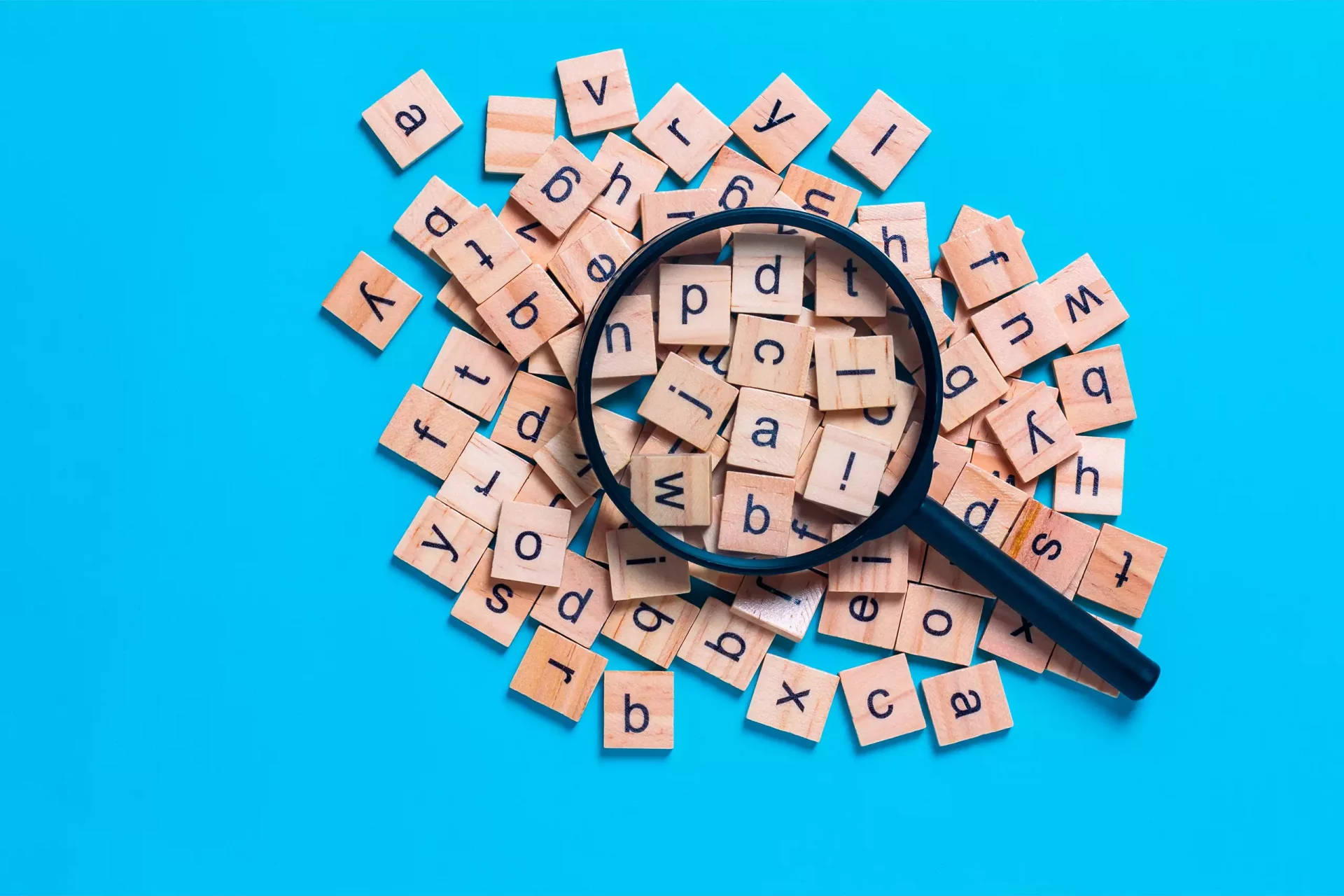Introduction
Set cards are an innovative educational tool designed to promote cognitive skills such as critical thinking, and pattern recognition. With their unique structure, they serve as both a game and a learning resource, becoming increasingly popular in classrooms and among individuals interested in improving their cognitive abilities.
Understanding Set Cards
Set cards are part of a card game known as ‘SET,’ which challenges players to recognize patterns based on various characteristics of the cards. Each card has four attributes—color, shape, number, and shading—each of which can vary. The objective is to find sets of three cards where each attribute is either all the same or all different.
Components of Set Cards
Each card has the following attributes:
- Color: Options include red, green, and purple.
- Shape: Options include ovals, squiggles, and diamonds.
- Number: Options are one, two, or three shapes.
- Shading: Choices are solid, striped, or outlined.
How to Play with Set Cards
The game can be played individually or in groups. The dealer lays out 12 cards face up on the table. Players aim to identify sets of three cards as quickly as possible. Here’s how a set is defined:
- If a feature (like color) is the same on all three cards, it counts as valid.
- If a feature is different on all three cards, it counts as valid too.
For example, if you have:
- Card 1: Two solid red ovals
- Card 2: Two striped green squiggles
- Card 3: One outlined purple diamond
This doesn’t form a valid set since the attributes are not consistently the same or different across the three cards.
Benefits of Playing with Set Cards
Playing SET has many cognitive benefits including:
- Enhancing Logical Reasoning: It encourages players to think logically and make systematic deductions.
- Boosting Pattern Recognition: Players learn to quickly identify differences and similarities among multiple variables.
- Improving Focus and Attention: The game demands concentrated attention to detail, which can improve overall focus.
- Encouraging Strategic Thinking: Players develop strategies on how to quickly identify sets, thus enhancing their problem-solving skills.
Statistics and Case Studies
The educational value of set cards is documented in various case studies, emphasizing their effectiveness in cognitive development. A study conducted by the American Educational Research Association (AERA) found that students using set cards improved their problem-solving skills by approximately 36% over three months.
Additionally, a survey of teachers revealed the following outcomes after incorporating set cards into their curriculum:
- 75%: Noticed improved analytical thinking in students.
- 82%: Reported increased engagement during math lessons.
- 68%: Observed enhanced cooperative learning skills among students.
Set Cards in the Real World
Many educators have successfully integrated set cards into their teaching methodologies, providing a fun yet challenging way to teach complex concepts:
- In Math Classes: Set cards can be combined with geometry lessons by challenging students to create shapes that satisfy certain conditions.
- In Cognitive Psychology: They can serve as tools for research in studies focusing on perception and cognition.
- In Therapy: Therapists use set cards to improve recognition and categorization skills in patients with cognitive impairments.
Conclusion
Set cards are not just a game, but a powerful educational tool that nurtures cognitive skills and engages players of all ages. By enhancing critical thinking, logical reasoning, and pattern recognition, they have found a valuable place in educational settings around the globe. Whether used in a classroom, a therapy session, or simply as a fun activity at home, set cards offer robust benefits that extend beyond mere entertainment.




